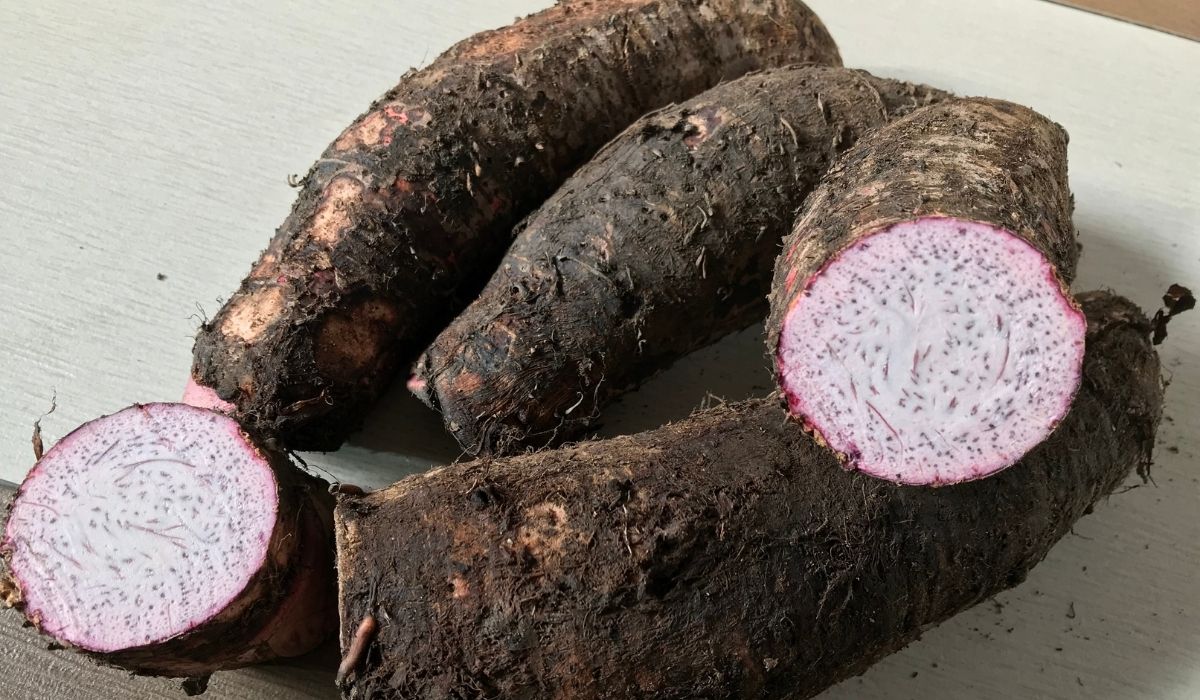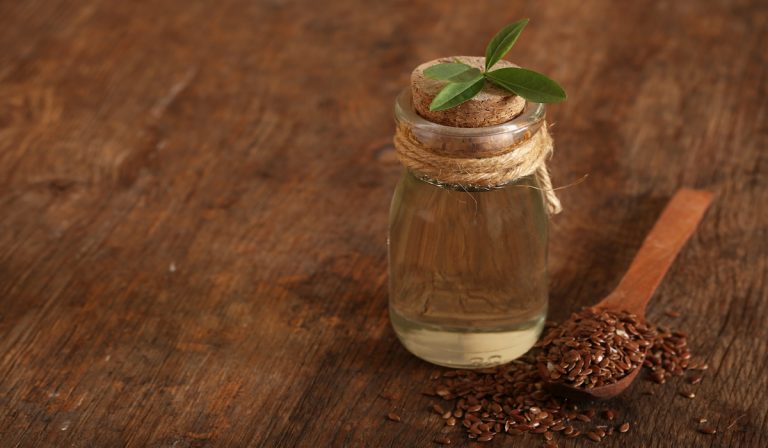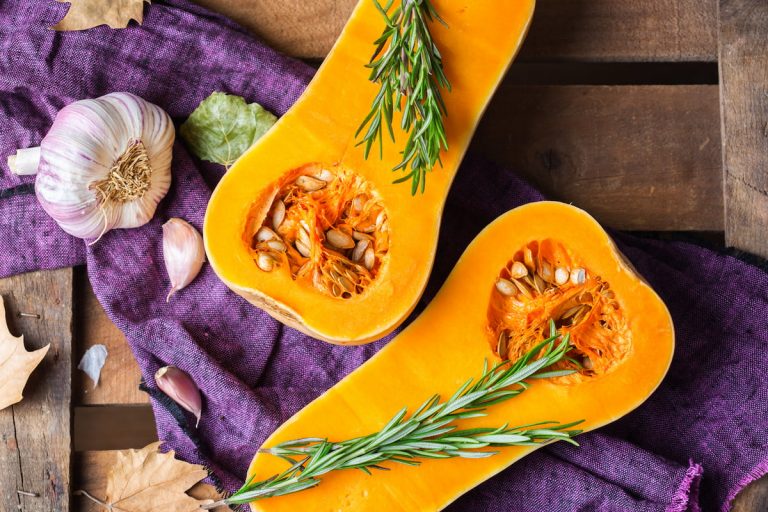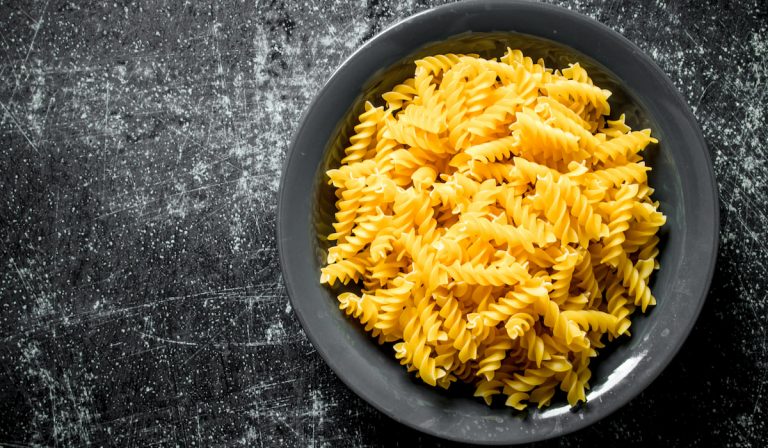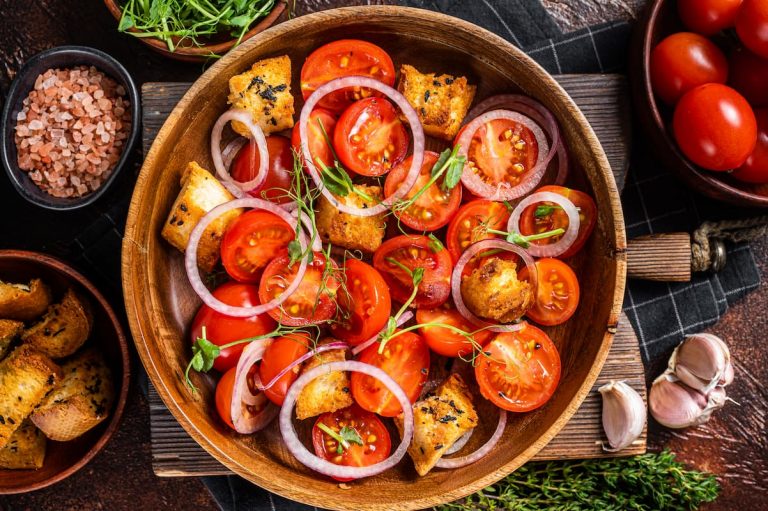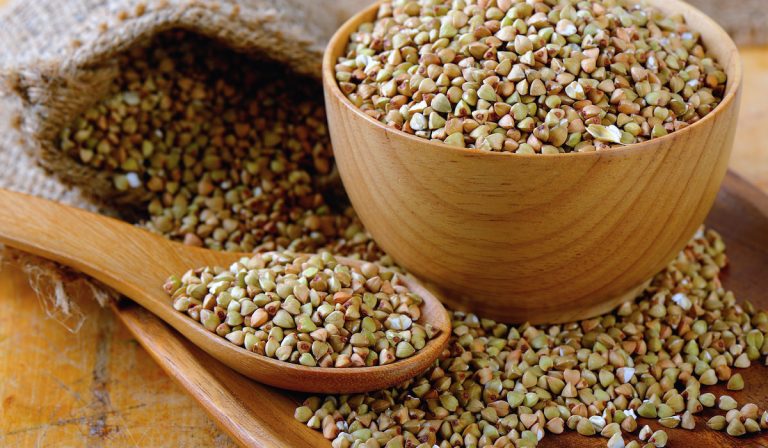Are Yams Paleo?
I can hardly remember a thanksgiving dinner that didn’t have a big baking dish full of candied yams. It has become a staple of the holiday and a fixture in American cooking. Though for those of us who are well into the paleo diet or even just starting out, it’s inevitable to wonder can we consume yams guilt-free without sending our dietary goals crashing down around us?
Good news my paleolithic pals: yams are paleo-friendly!
Chock full of vitamins and minerals, yams almost certainly provided sustenance to our ancient ancestors. You can go absolutely mental on these often mislabeled tubers until your heart’s content.
You may be scratching your head as to why these guys are considered acceptable in a diet that restricts other potatoes and “starches,” which we will cover in detail below. So lean back in your chair and munch on that trusty root vegetable while we discuss all the reasons that yams are great for a paleo diet!

The Benefits Of Yams
Have you ever taken the time to think about what a yam can do for you? Of course you have, and in your extensive research, you probably learned that yams are a great source of minerals like potassium, iron, and phosphorus. These can aid in the regeneration of cells and tissue, keeping your blood pressure and heart rate healthy as well as keeping your energy levels high while helping your gastrointestinal system.
These are not the only perks of consuming yams, however. The vitamins (A, B, and C) found in yams can contribute to several vitally important functions and senses in the body. Vitamin A is essential for eyesight and our immune system along with aiding several vital organs found throughout the body. Vitamin A has also been found to reduce the risk of certain cancers.
Vitamin B is a multi-faceted aid for the human body which helps promote cognitive health, appetite, and sufficient energy levels. It has also been found to reduce stress in those that meet their daily requirements of the vital nutrient, as well as reduce anxiety and depression. For those who are actively fitting in time at the gym in their diet as well, this mood-lifting vitamin can also help muscle tone!
Last but certainly not least, vitamin C is incredibly important for our long-term health especially as we approach advanced age. The risk of heart disease, chronic disease, and high blood pressure can all be lowered by a regular daily dose of vitamin C which is found in everyone’s favorite root vegetable! It has also been discovered that it may help memory as we grow older, while also boosting our natural immunity.
Why Are Yams Paleo?
This can be summed up in a few ways. The most notable is the fact that they were almost certainly consumed by our less advanced ancestors a few millennia ago. Yams were first found in Africa, Asia, and parts of the Caribbean and were likely consumed quite often by more fortunate foragers. This also coincides with the fact that they are incredibly healthy and beneficial for the body in numerous ways.
The reason that we see yams in the paleo diet and not other more commonly purchased root vegetables like Roma potatoes is due to the harsher impact of other potatoes on our bodies. Yams do not have such a negative effect on insulin and blood sugar as their other root-based relatives have. Another big reason those other potatoes are not allowed in the paleo diet is due to the over-processed way they are distributed.
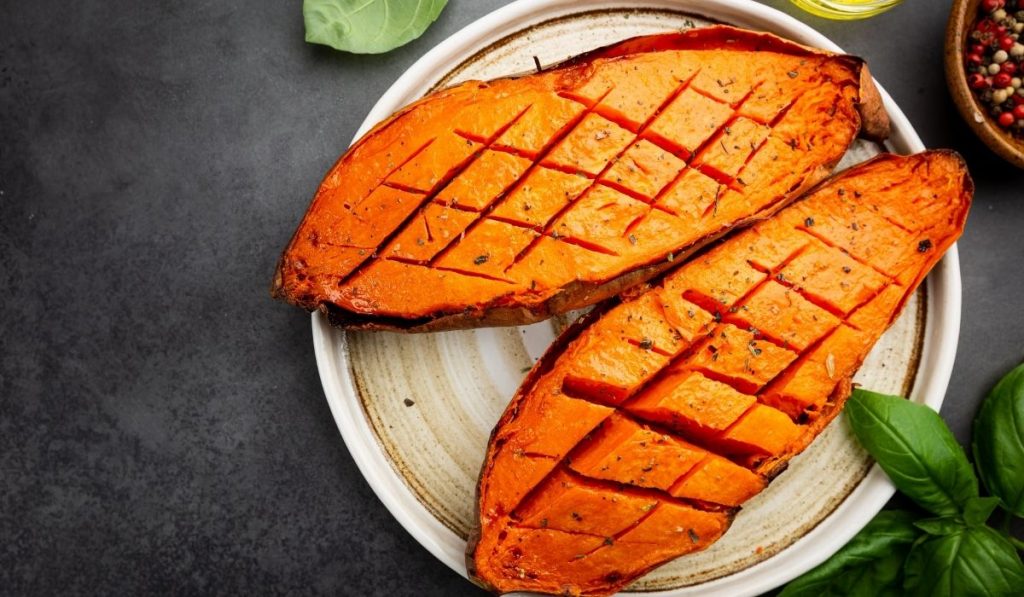
Don’t Mistake Sweet Potatoes for Yams
There is a growing misconception particularly in the United States that sweet potatoes and yams are the same things. This is made worse by the fact that in most produce sections across the country they are widely mislabeled. Unfortunately, most yams (if not all) that we have eaten are more than likely sweet potatoes that have been given a false identity.
For those concerned that this will affect their diet, rest assured that sweet potatoes are also very much paleo-friendly. The misconception has grown so much over time that even looking for proper distinctions while doing the research for this article has led me to unearth a decent bit of unintentional misinformation spread across the internet. So in the interest of clearing up years of confusion, I will attempt to go over visual differences as well as variations in taste.
The outside of yams are typically somewhere between dark brown to light black and have an inside that varies from white all the way to red and purple.
They have a more arid, stiff taste than the sweet potatoes you are likely used to consuming. They can grow as big as sixty inches or be similar in size to a russet potato.
Sweet potatoes are quite different in appearance depending on the type, though the most popular have two distinct variations. The first has a golden skin tone with a clear, white inside. The other is usually a shade of purple on the outside and has a deep, orange hue when you look at it internally.
The latter is what we have come to know as the typical sweet potato you find in candied yams, with its puffy, smooth texture that almost melts in your mouth. This is also what we usually find in stores, labeled as yams incorrectly. There does seem to be an increase in correct labeling as this unfortunate mistake has been brought to light in certain pockets of the country.
Conclusion
If you are looking for tasty, healthy alternatives that fit the paleo lifestyle then you would be hard-pressed to find something more suitable than the yam. These suckers are packed full of all the essential vitamins and minerals you need to live a long, healthy life without the detrimental effects of elevated blood sugar and insulin! So the next time you are looking for a tasty meal in the produce section, skip the russets and Romas and grab yourself a yam!

